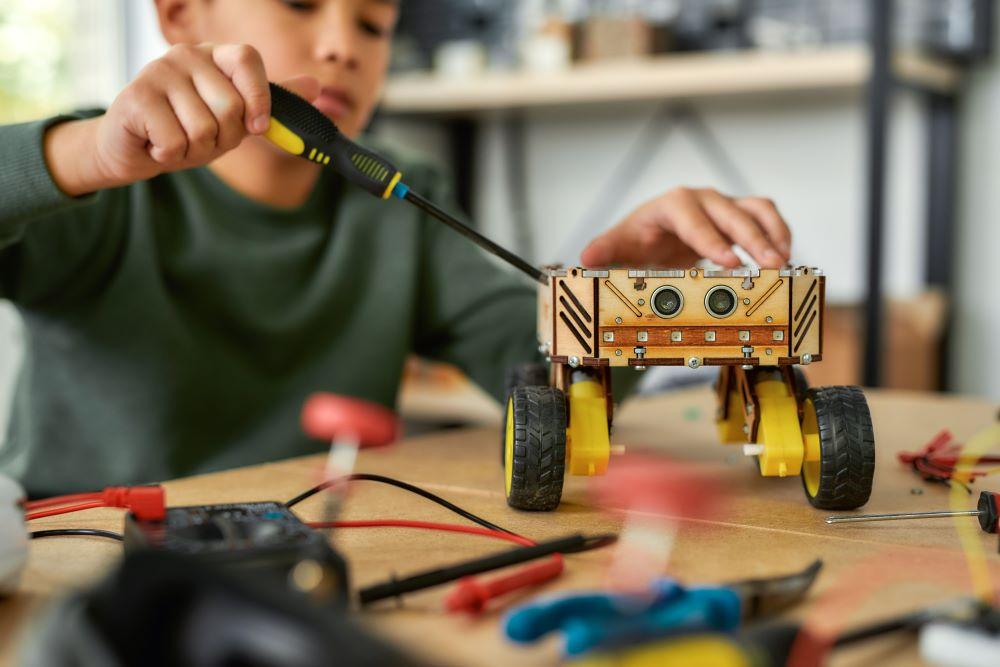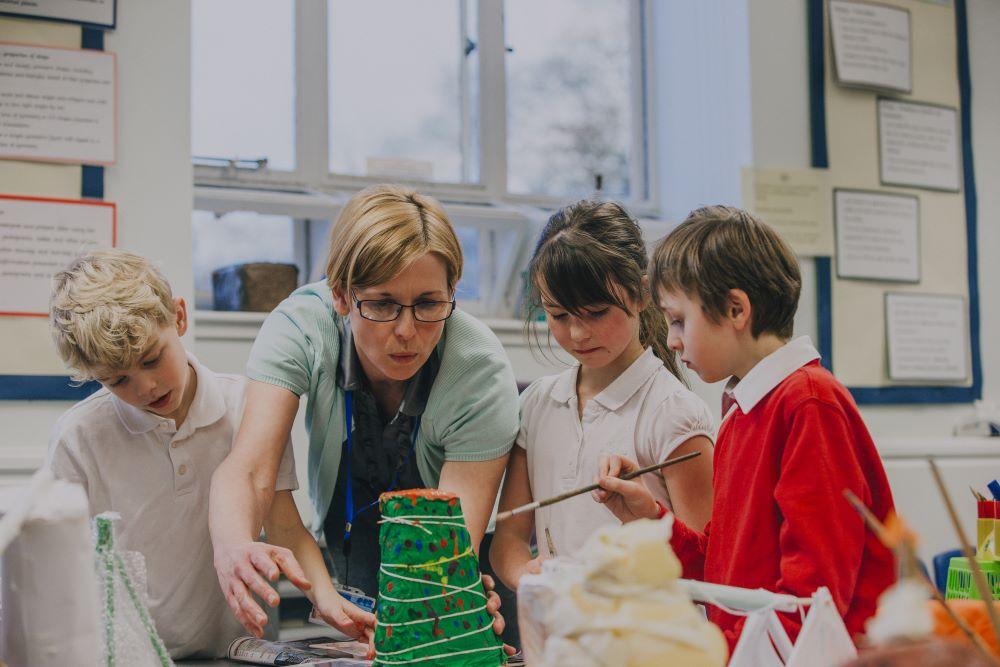
2020 was a year no one will forget year no one will forget. For school-aged children it meant being it meant being removed from the routine of the classroom and adapting to learning from kitchen tables, bedrooms and screens,. As hard as parents and carers worked to support their children with learning, there’s simply no substitute for the learning that takes place in a classroom surrounded by peers, supported by skilled teachers — and free from the distractions of home life.
One of the biggest losses during that time? Key skills
With fewer opportunities for face-to-face interaction, children missed vital stages in developing language, communication, handwriting, and fine motor skills. In many cases, typing replaced pencil work, and digital lessons replaced the dynamic, collaborative experiences of the classroom.
As schools returned to in-person learning, the challenge was clear: how do we help pupils rebuild those essential foundations? We spoke to leaders from four schools and MATs to find out how they’ve supported pupils in recovering — and strengthening — those key skills.
Back to basics at Shirestone Academy
For Nadeem Bashir and his team at Shirestone Academy, writing stood out as a major area of concern. From grammar and handwriting to creativity and expression, writing skills had taken a noticeable hit.
In response they made a bold move: stripping the curriculum back to basics. The focus shifted to reintroducing SPAG essentials and reigniting a love of creativity.
The Academy also introduced further opportunities for writing across the full curriculum. They found ways to include more long form writing in subjects such as geography and history. Thankfully, every subject leader brought into the need and found new and exciting ways to bring more writing opportunities.

Small steps, big gains at St Thomas Moore Primary School
At St Thomas More Primary School, writing was also a significant challenge. It was one of the hardest areas to teach remotely, and providing meaningful feedback proved equally tough. It remains a tricky area even now.
The school tackled this with a two-fold approach: start with high quality first teaching, and then offer additional support that minimises time away from the classroom. Interventions come in the form of short, focused 10-minute boosters – giving pupils extra help without taking them out of valuable class time.
It’s a balanced approach that recognises the need for both high-quality teaching and smart, responsive intervention.
Centralised planning at Mossbourne Federation
Within Mossbourne Federation the approach was to centralise lesson planning – freeing up teacher’s time to think more deeply about how to adapt the lesson plans for their learners This shift gave staff more clarity and consistency, while allowing them to spot quickly where adaptations or extra support were needed. It placed teachers at the centre, trusting them as the experts in their classrooms — and it’s made a real difference in targeting skill gaps effectively.
Rebuilding the curriculum at ONE Academy Trust
Graham Boyd, CEO of ONE Academy Trust describes how they remodelled their curriculum with recovery in mind. The aim? To reintroduce and rebuild the fundamental skills pupils needed most – from letter formation to fine motor skills in mind. The aim? To reintroduce and rev Changes to the curriculum focused on re-building skills such as fine motor skills and letter formation to support pupils to work on the basics. Their first step was asking a simple but powerful question: where is the disadvantage? Was it in communication? Language? A lack of wider experiences?
Only by identifying those gaps could they design a curriculum that truly met the needs of their pupils. And from there, the work began — building a stronger foundation so every child could begin to thrive again.
A Shared Commitment to Recovery
The stories from these schools may differ in approach, but they share a common thread: an unwavering commitment to supporting pupils in recovering not just academically, but holistically. By returning to the basics, valuing teacher expertise, and putting children’s needs at the centre of curriculum planning, they are slowly but surely helping pupils regain what was lost — and build new skills that will carry them forward.
To explore more insights from over 9,000 educators in our full Generation Catch-up 2.0 report, click here.

